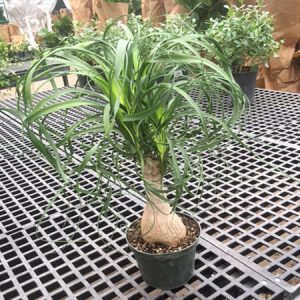Description
Phlox –
There are 67-70 species of evergreen or herbaceous, low growing or cushion forming to erect perennial, as well as a few annuals and shrubs that range from a couple inches tall to 5′ feet tall. They occur mostly in North America (one from Siberia). They are grown for their showy, fragrant flowers, borne mainly in terminal corymbs or panicle like cymes, sometimes singly. The flowers are salverform, occasionally funnel shaped, each with a narrow, tubular base opening to 5 flat, ovate petal lobes, sometimes in a star shaped arrangement. It produces simple, smooth edged, linear to ovate, light to dark green, leaves, often held in opposite pairs, the upper leaves sometimes alternate. Mat and cushion forming species, from dry, rocky habitats, flower in spring or early summer, grow in a rock garden, in a dry wall, or as edging. Woodland species are mainly trailing, and usually flower in spring, grow in shady sites. The taller phlox are mostly from moist riverside habitats, and produce large corymbs of flowers, usually in mid summer into fall, which are good for cutting. Annuals, from dry rocky slopes and coastal sands, flowers from late spring to autumn, and useful for bedding.
Grow in any moist, fertile, well drained soil, in full sun or light shade.
Prone to powdery mildew, stem canker, rust, southern blight, stem nematodes, Cercospora leaf spots, Septoria leaf spots, leaf miners, caterpillars, red spider mites, eelworm, and dot moth.
P. paniculata ‘Prime Minister’ – Garden Phlox – This erect, herbaceous perennial from Eastern USA grows 42″ inches tall and 24-39″ wide. It produces alternate, ovate or lance shaped to elliptic, toothed, thin leaves, 2-5″ long. From summer to early or mid autumn it bears panicle like cymes of salverform, fragrant, white flowers with red eyes, 1/2-1″ across.
Zones 4-8





